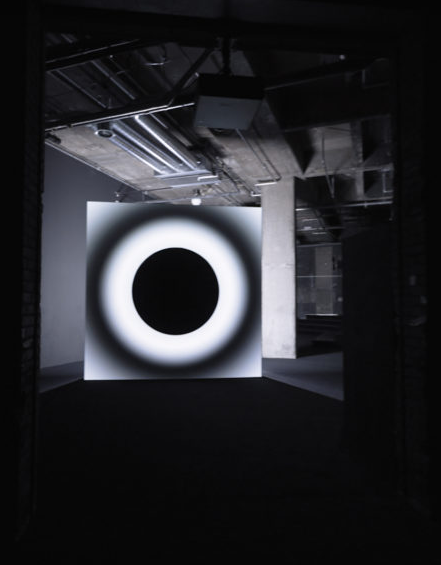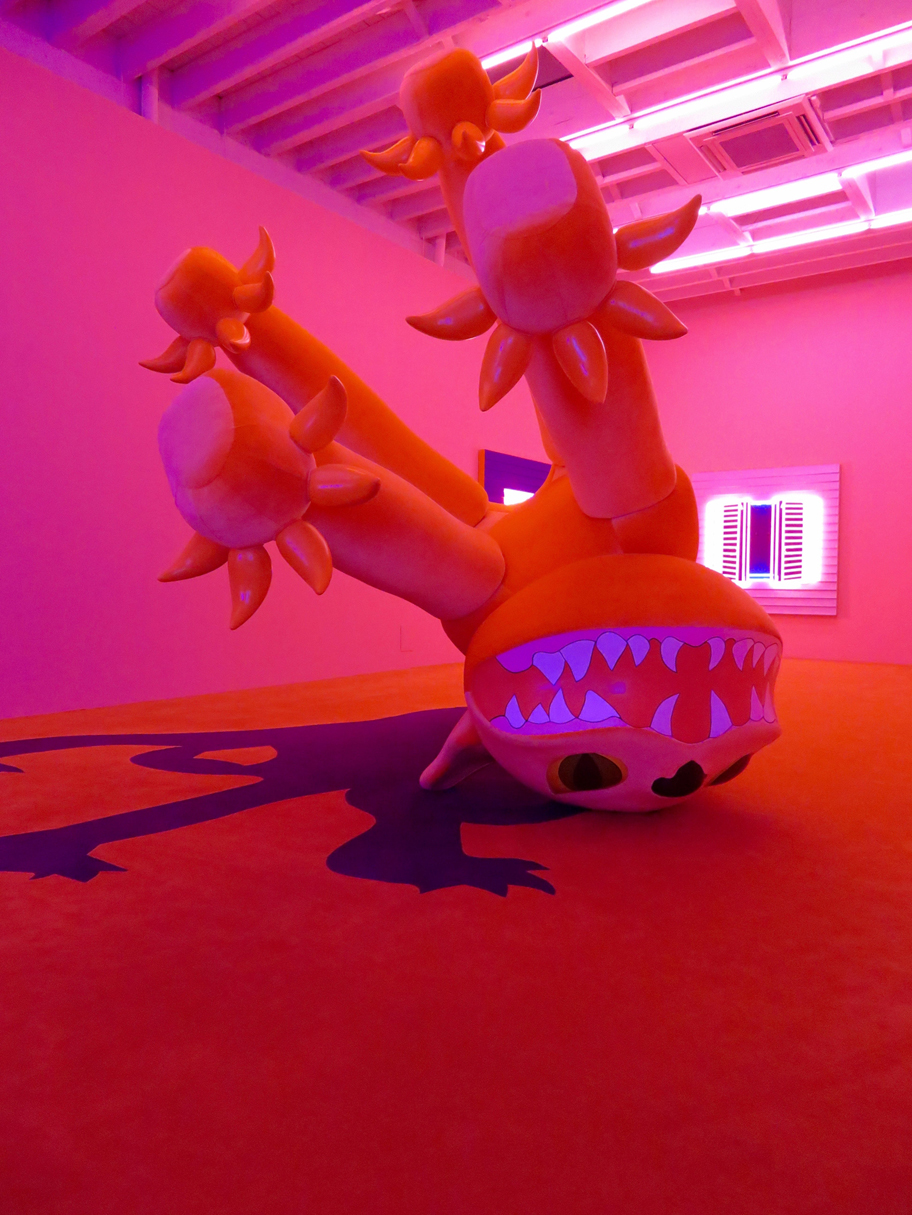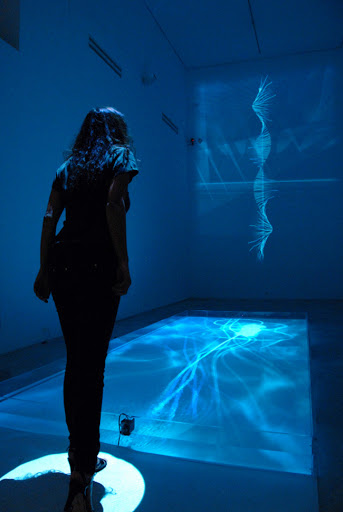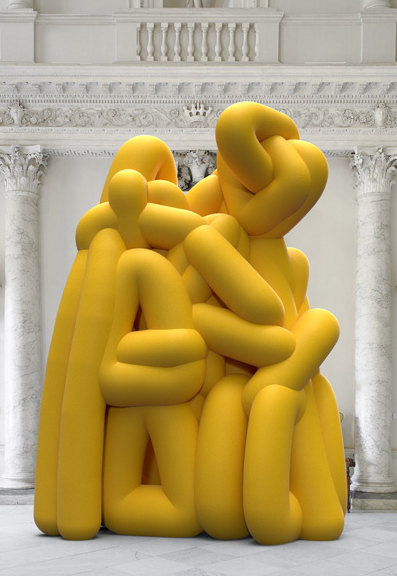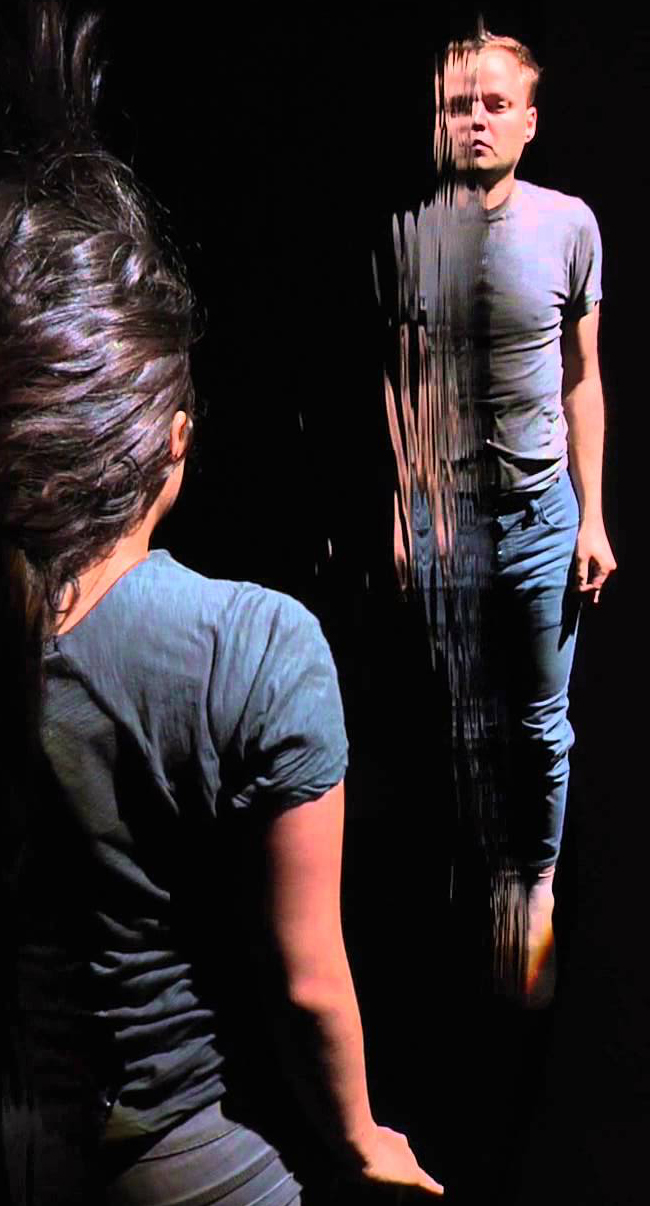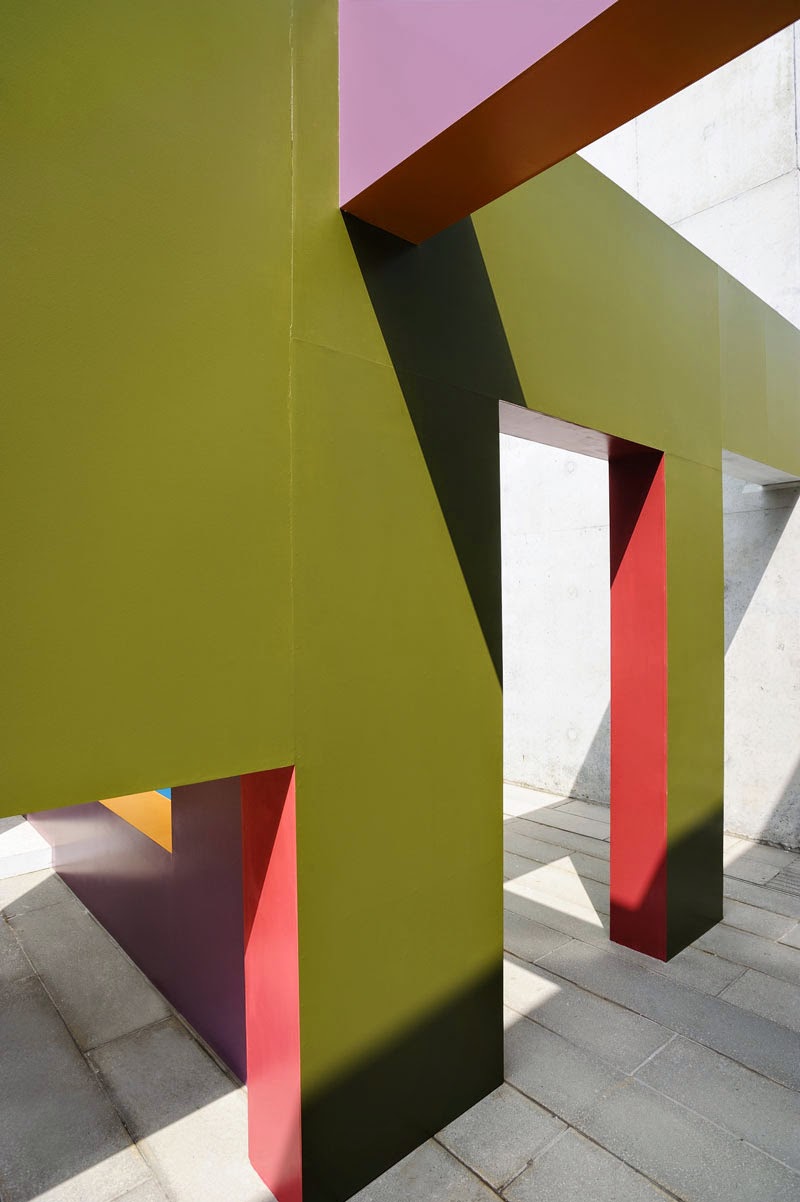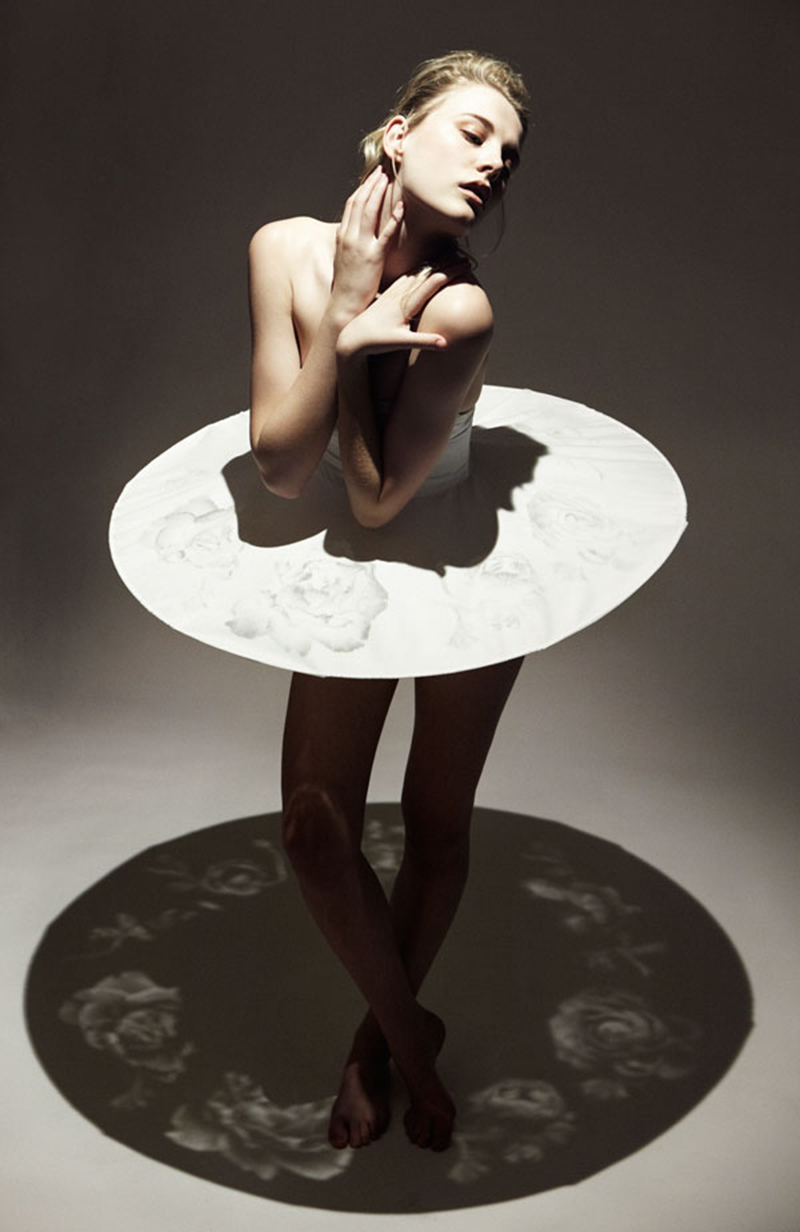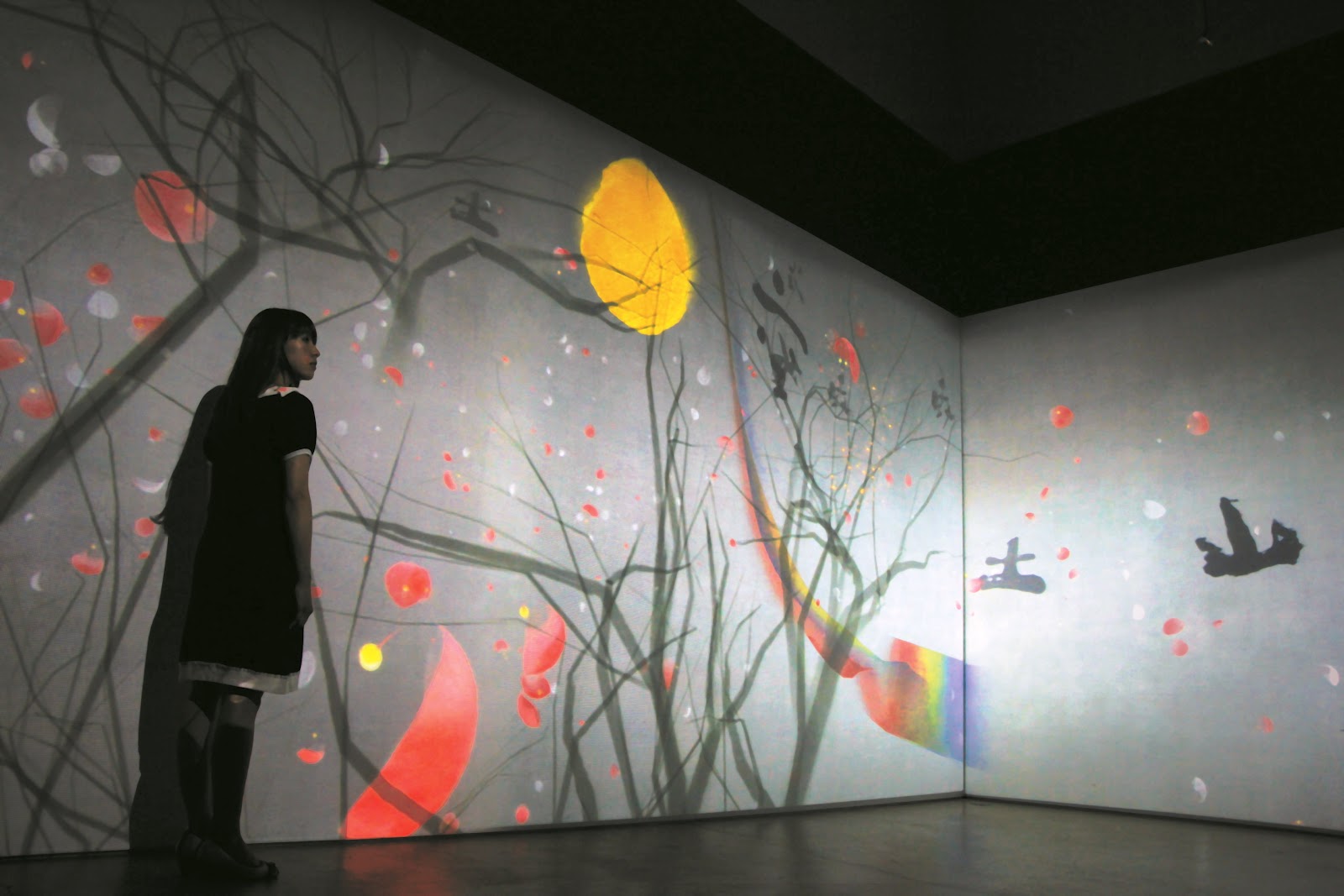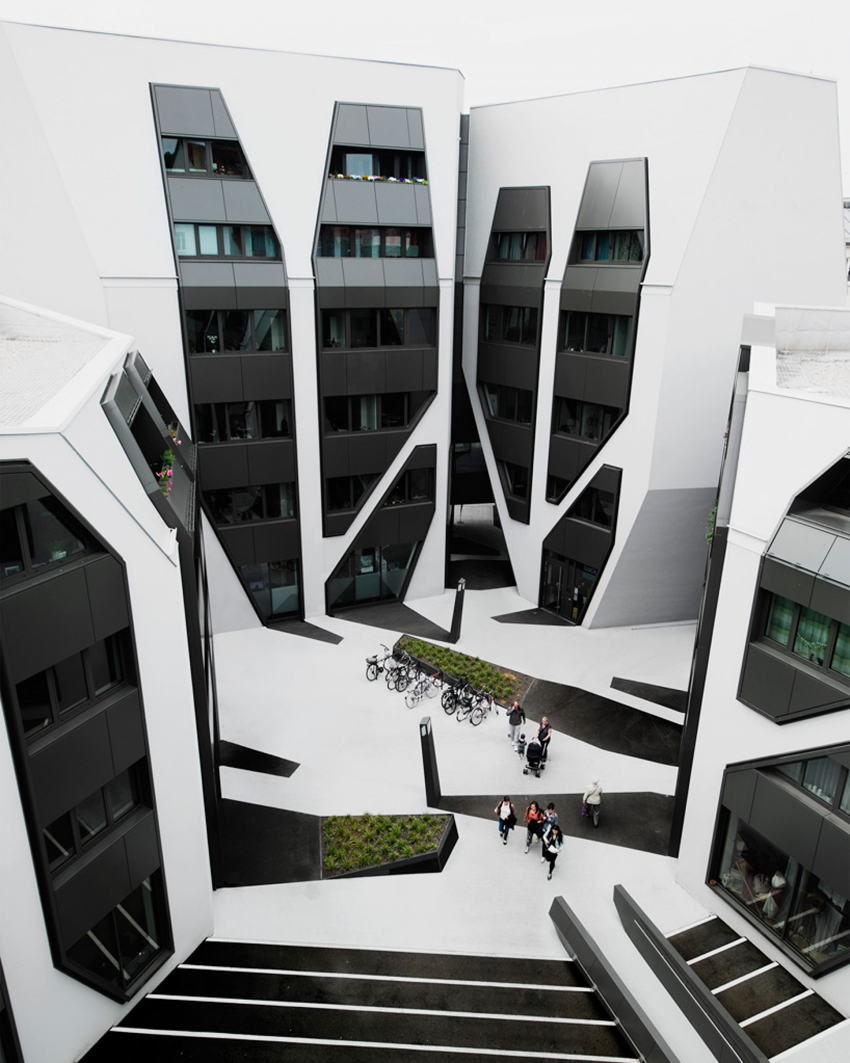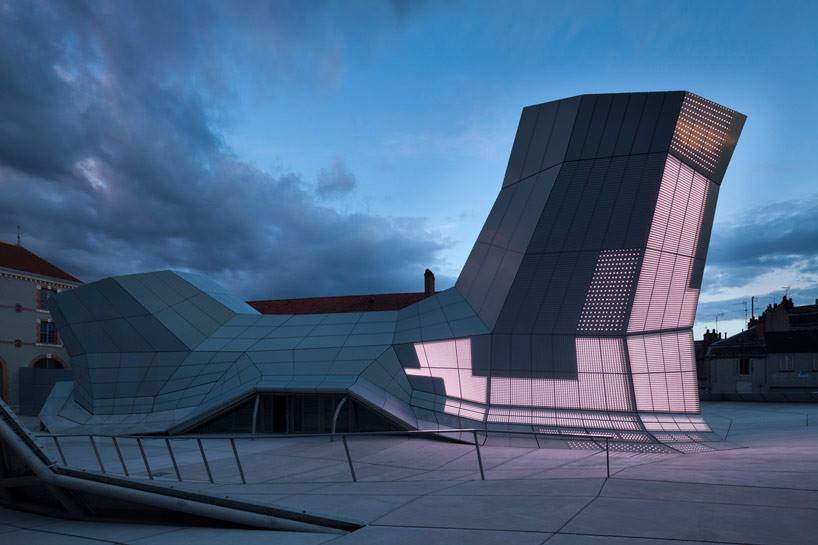
JAKOB + MACFARLANE+ ELECTRONIC SHADOW
FRAC centre
EN 2006, le Frac Centre d’Orléans lance un grand concours international d’architecture pour imaginer et construire le bâtiment qui devrait héberger ses expositions temporaires dont Archilab et sa collection permanente d’art et d’architecture, l’une des plus importantes au monde en ce qui concerne l’architecture contemporaine. Le concours comportait cette particularité d’associer une équipe d’architectes à un artiste, une première. Au terme de ce concours, la paire Jakob MacFarlane + Electronic Shadow est lauréate avec son projet de Turbulences et sa peau lumineuse interactive intégrée à l’architecture.
Sept ans plus tard, le bâtiment est sorti de terre et s’ouvre enfin au public.
L’oeuvre intégrée au bâtiment en dessine les contours par la lumière et évolue au gré des informations qu’elle collecte sur les réseaux, conditions climatiques, saisons, vitesse du vent, autant de paramètres qui influencent le comportement de la peau de lumière.

